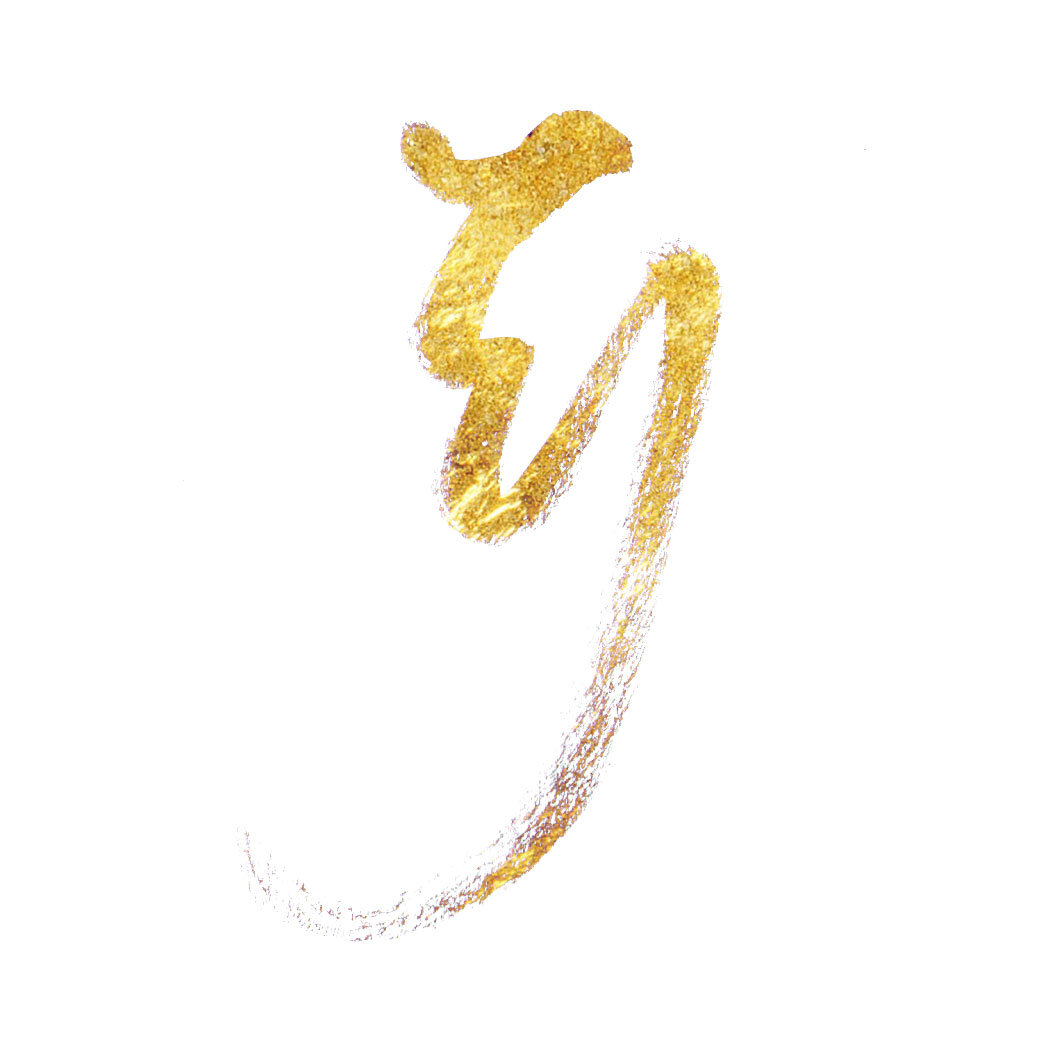Daruma (Sanskrit: Bodhidharma)
 The foremost symbol of Zen is its First Patriarch, Daruma (Sanskrit: Bodhidharma), the legendary meditation master who traveled from India to China in the sixth century to overturn the top-heavy superstructure of doctrinal Buddhism that had arisen in the Middle Kingdom. Bodhidharma is associated with the idea that spiritual, intellectual and physical excellence are an indivisible whole necessary for enlightenment (More to Add, regarding his impact in the Shaolin Temple, then Japan; ZEN/CHAN Buddhism)
The foremost symbol of Zen is its First Patriarch, Daruma (Sanskrit: Bodhidharma), the legendary meditation master who traveled from India to China in the sixth century to overturn the top-heavy superstructure of doctrinal Buddhism that had arisen in the Middle Kingdom. Bodhidharma is associated with the idea that spiritual, intellectual and physical excellence are an indivisible whole necessary for enlightenment (More to Add, regarding his impact in the Shaolin Temple, then Japan; ZEN/CHAN Buddhism)
Filling an Eye (In popular belief, One is filling an eye when making a wish, filling the second once the wish has been fullfilled)
In Zen art, the master does not paint Daruma as an historical figure (or even a saint) but as a symbol of penetrating insight, self-reliance, ceaseless diligence, and the rejection of all externals. In order to bring the image of Daruma to life with brush and ink, the artist must become Daruma. Thus, a Daruma painting is a spiritual self-portrait, based on the individual experience of each Zen master.
References
:: Shambhala Zen Art Gallery :: Bodhidharma on Wikipedia :: Daruma on Wikipedia :: Gakkin on Flickr




